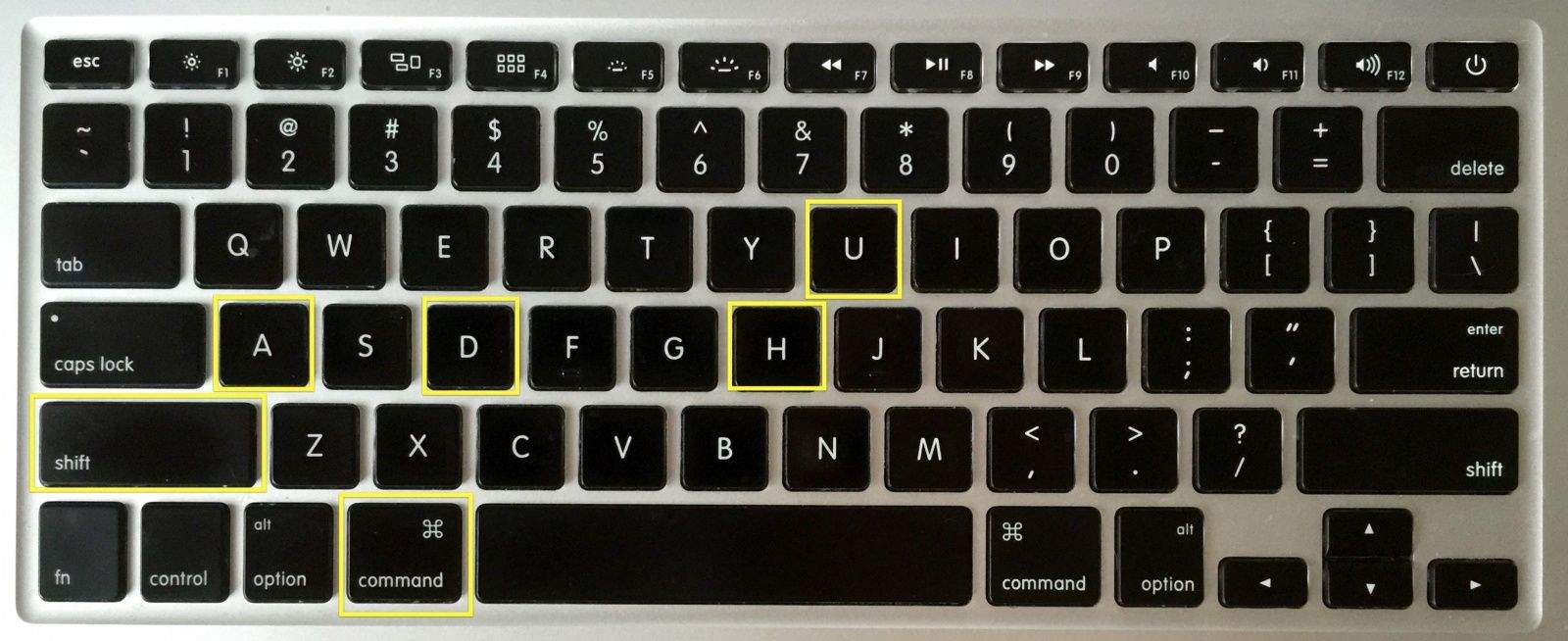-
Userdel Command Options For Mac

A command line prompt is a way of interacting with your computer without a graphical interface. While your modern Mac uses a graphical user interface, (GUI) older computers used only command prompts. The command line usually gives you more options than the GUI. The Command (cmd) key works in a similar way to the Control key on a PC. On a Mac you use the Command key where on a PC you would use Control (or Ctrl).
Man Userdel
Choose Another Startup Disk with the Startup Manager To boot from a specific device, press and hold the Option key while booting your Mac. You’ll see the Startup Manager appear. From here, you can choose to boot from different connected hard drives, USB flash drives, network locations, and other boot devices. To skip the Startup Manager and boot straight from a removable device—for example, a CD, DVD, or USB drive—instead of its internal drive, press and hold C. To boot directly from the network with Netbook, press and hold N instead. Test Your Hardware with Apple Diagnostics Apple Diagnostics tests your Mac’s hardware to ensure it’s working properly. On Macs released before June 2013, Apple Hardware Test (AHT) will appear instead of Apple Diagnostics.

To access this tool, press and hold the D key while booting your Mac. Select your language and your Mac will automatically test its hardware and inform you if anything is wrong. Load the Bare Necessities with Safe Mode Macs offer a Safe Mode, also known as Safe Boot. When you boot in Safe Mode, your Mac will check its startup volume, only load necessary kernel extensions, and disable third-party fonts and startup options.
It’s like —it won’t load third-party hardware drivers or startup programs, so you can use this mode to fix problems if your Mac isn’t working or booting properly. To load your Mac in Safe Mode, press and hold the Shift key while it boots. You can stop holding the Shift key when you see an Apple logo and progress bar.
To leave Safe Mode, just reboot your Mac without holding the Shift key. Troubleshoot from the Command Line with Single-User Mode In single-user mode, you’ll be presented with a text-mode terminal you can use to enter commands you might need to troubleshoot problems. This works like —rather than getting multi-user operating system, you boot directly to a root shell. Press Command+S as your Mac boots to enter single-user mode. To leave this mode, type reboot at the prompt and press Enter. See More Detailed Information with Verbose Mode In verbose mode, you’ll see normally hidden messages appear on your screen. If your Mac is freezing, especially during the boot process, the messages here can help you identify and get help with the problem.
Pantone for metallic gold. Hp laser jet 4l drivers for mac. Press Command+V as your Mac boots to enter verbose mode. You’ll see the terminal messages appear during the startup process. If everything goes properly, your Mac will boot to its normal desktop.
Get Other Tools (or Reinstall macOS) with Recovery Mode RELATED: Recovery Mode provides various graphical tools for working with your Mac. From here, you can, restore your computer from a Time Machine backup, or use the Disk Utility to repair, wipe, and partition your Mac’s internal disks. Press Command+R as your Mac boots to access Recovery Mode.
If necessary, you’ll be asked to connect to a network so your Mac can download the appropriate recovery software. You can then choose your language and use the graphical tools here. One of the nice things about a Mac is that this is all built-in. You don’t even have to download a macOS installer to access these tools—if necessary, your Mac will download the macOS installation files for you when you choose to reinstall the operating system.
Better yet, it will download the most recent version of macOS so you won’t have to spend hours installing patches and service packs, as you do on Windows. Download flying_logic_pro_mac.dmg commercial license.

